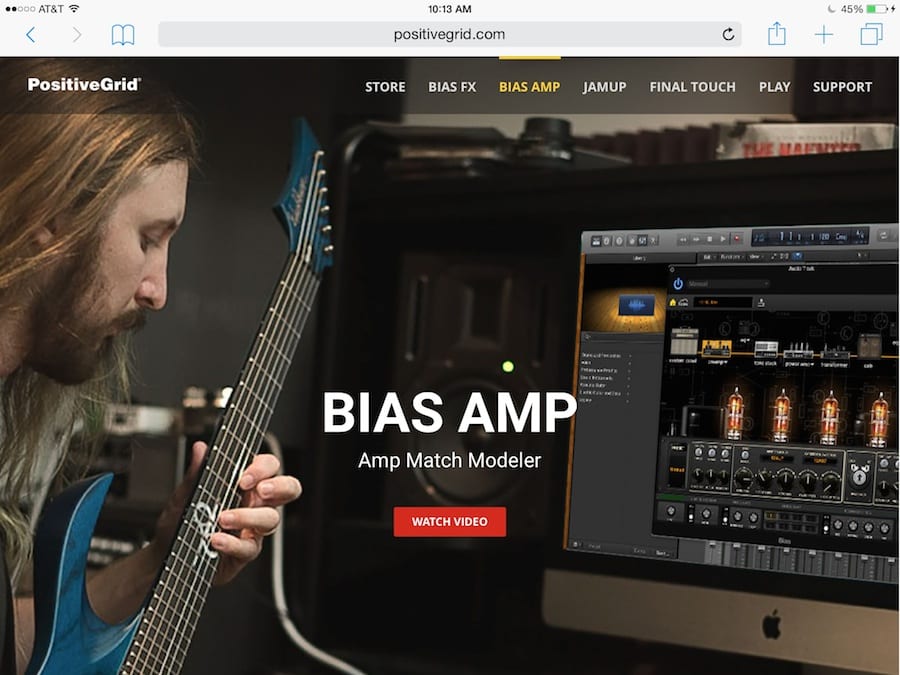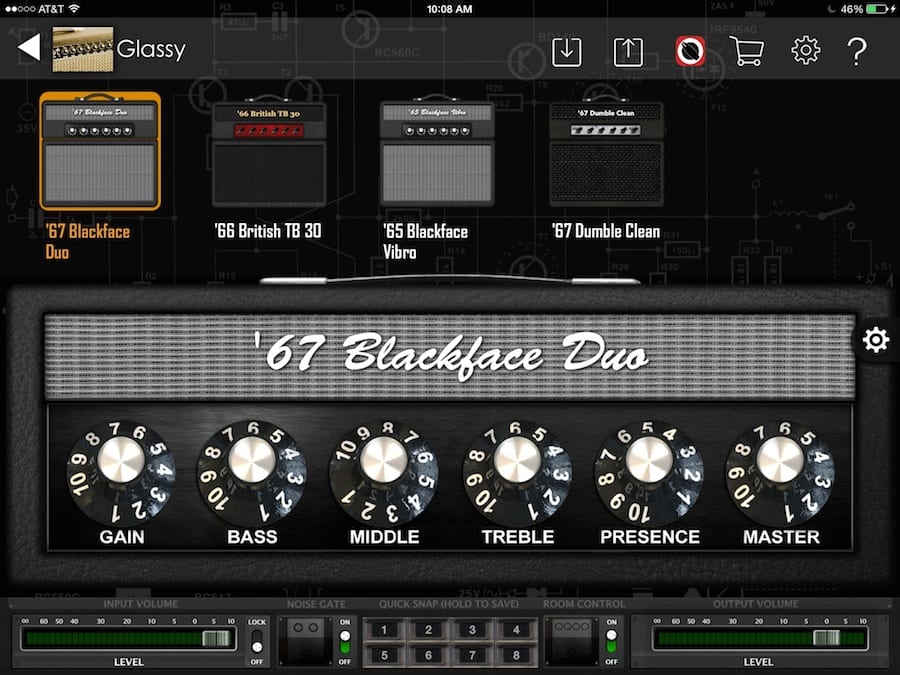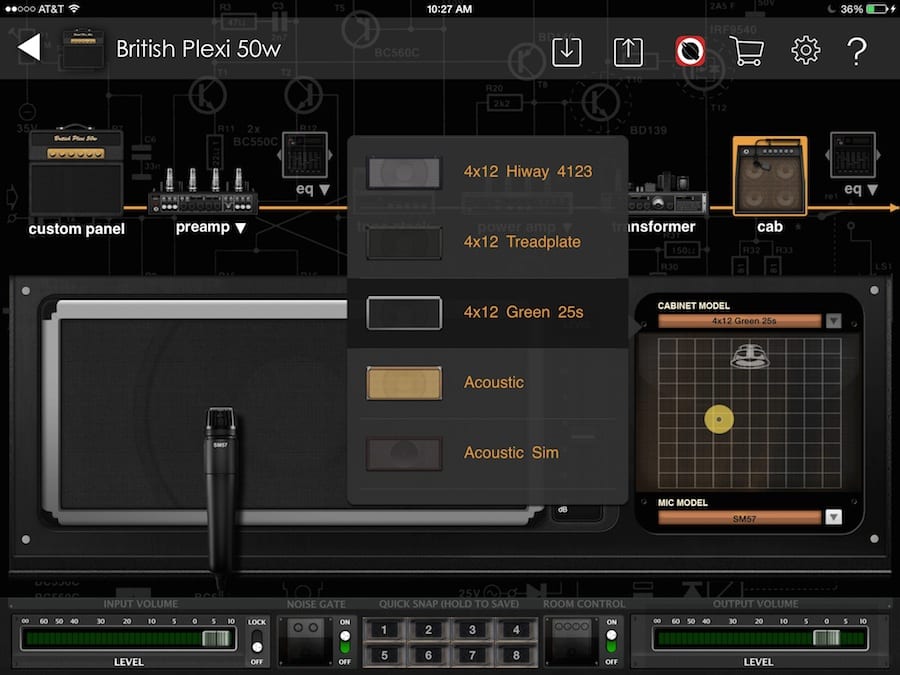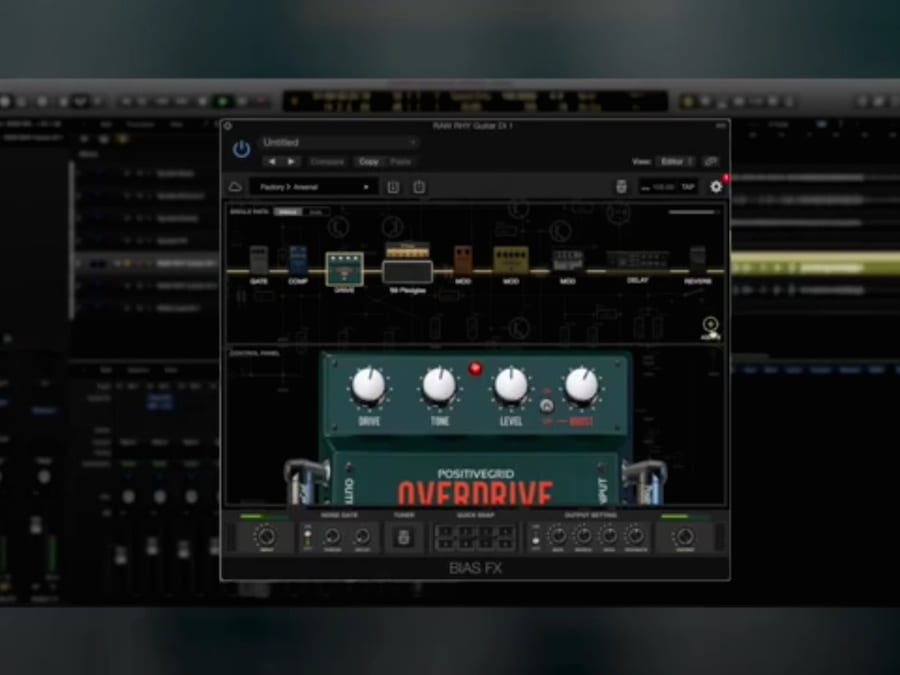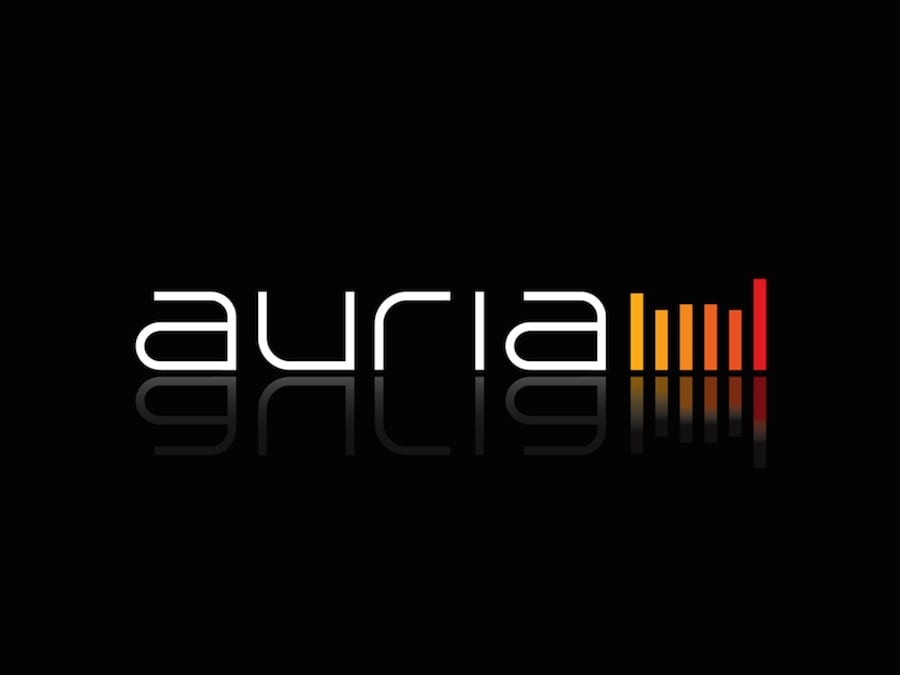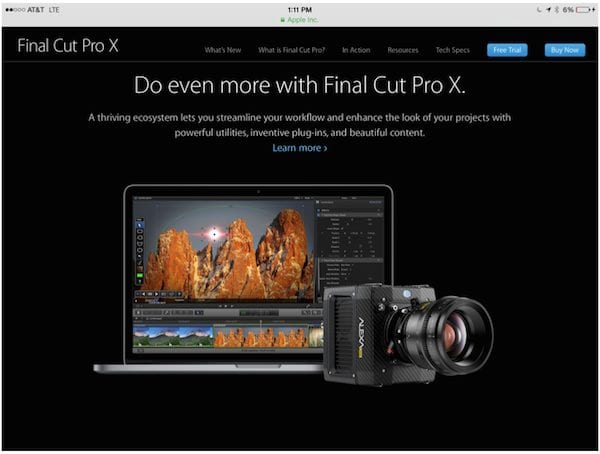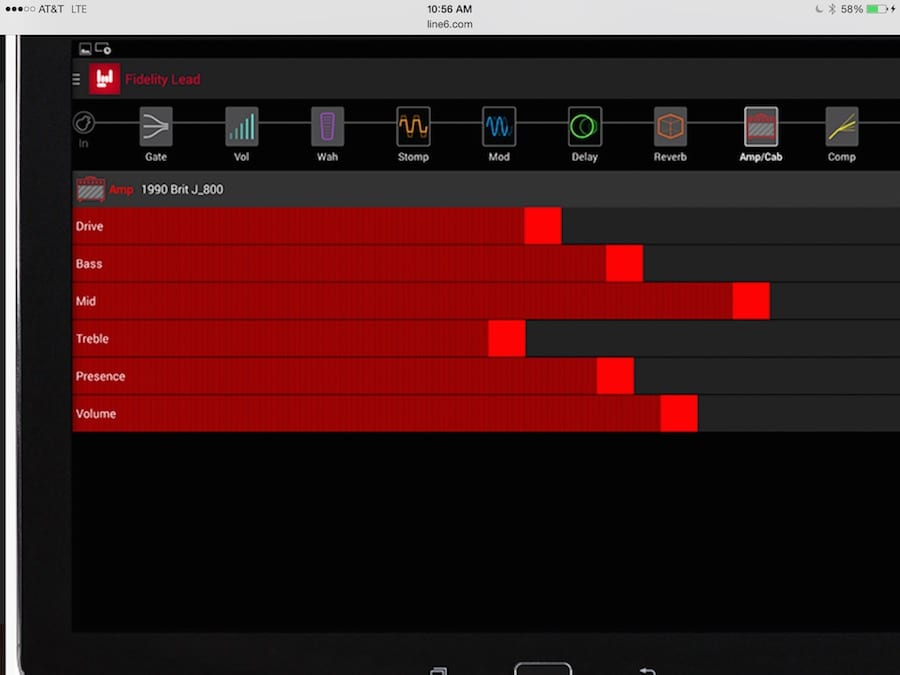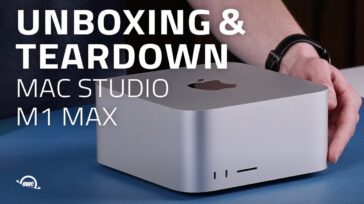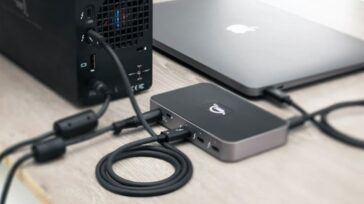Note: The following is part of our Creative Tech series. Creative Tech aims to educate and inform creative professionals about the ways technology can enhance their creative work experience.
There is a developing trend in audio technology. Engineers and programmers are using digital technology to model and emulate older analog circuitry. The idea of using cutting edge digital programming to imitate older vacuum tube circuitry is a bit surprising to some, but it shouldn’t be.
One area where there has been a lot of development in this is in guitar amplifier design. Among pro musicians, there is a healthy dose of skepticism about whether it can be done successfully. The initial challenge is to model individual parts of circuits such as vacuum tubes and transformers. And then there is a lot to be discovered and quantified about how these elements react to each other and behave when voltage or signal is applied. It is certainly a complex task.
A company called Positive Grid is making great progress in this design challenge. The folks at Positive Grid have several products on the market. They are all based on their modeling technology and their product called Bias Amp. They have meticulously modeled every component in many popular tube audio amplifiers. That includes many different types of power tubes, preamp tubes, power supplies, transformers, speaker cabinets and more. The user can go deep inside the circuitry of any amp model chosen and change preamp tubes, power tube types, etc. and hear what those changes sound like immediately. It is a virtual tube amp design lab. It is very entertaining, interesting and educational to experiment with the many variables involved. One can come to understand the “sound” of certain power tubes such as EL 84s, 6L6s etc. You can also try different preamp tubes such as the widely used 12AX7 or switch to a 12AT7 to see how that affects the sound of the amp.
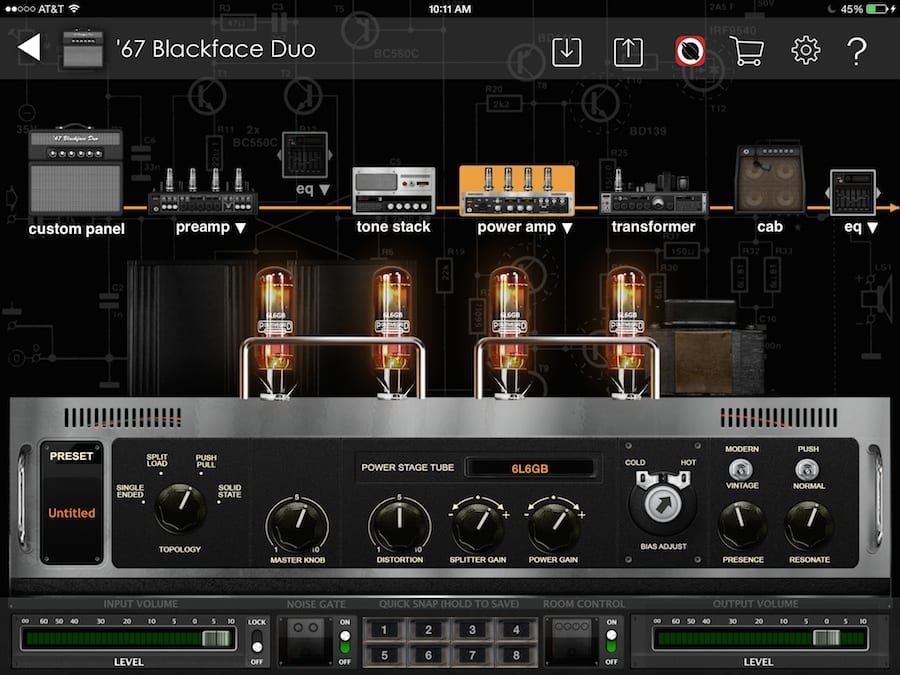
One important factor to note is the fact that this modeling effort is affected by the end goal. The engineers are not trying to model circuits that work in perfect harmony to produce pristine audio. Rather, they are trying to recreate the idiosyncrasies and arbitrary anomalies of amplifiers designed with tech from the 1950s and 60s era and beyond. The classic amplifiers of the 50s and 60s are still very desirable specifically because of their inherent limitations and unique qualities.
Another element in the sound of a guitar amp is the speaker and speaker cabinet design and materials.
The frequency response of a guitar speaker has a lot of midrange and less bass and treble. The speaker cabinet acts, in essence, as a tone control. The virtual microphone used to pick up the sound of the virtual speaker must also be modeled.
Since guitar players often mic their amps with an industry standard Shure SM57 microphone, it had to be digitally modeled, too.
It’s certainly true that every part of the signal chain has to be quantified and modeled. An additional wrinkle is the fact that guitar amp speakers begin to distort as the volume is increased. This is considered desirable and is important to capture with modeling.
Another important part of the modeling challenge is the fact that guitar players expect to be able to add effects such as reverberation, delay, and distortion to name a few. These effects are typically small hardware boxes connected between the guitar and amp. There are dozens of popular and classic effects units that have been modeled by Positive Grid and can be applied to the guitar sound.
All of this effort is aimed at very accurately recreating the circuitry and sound of outdated and sometimes odd technology. A comparison could be made to an application such as Photoshop. In Photoshop, there are effects and features that can be applied to make a picture appear to be painted, right down to virtual brush strokes. Another affect available is the ability to make the picture look like a piece of mosaic art. Once again, it’s current tech being used to emulate an “old school” technique and method of working. In iMovie, you can apply a filter to a video to make it look like an old film, complete with scratches and small flecks of lint or dirt on the film.
It’s an interesting time for creative artists and consumers alike. The ability to apply cutting edge tech to achieve an old school result is often useful and artistically compelling.
• Roger Adler is a freelance composer/producer/performer who has played more than 4,500 live gigs from smoky bars to the Inaugural Ball for the President of the United States. He has played on more than 1,000 TV commercials as a guitarist and even played on the soundtrack for and appeared in the movie Groundhog Day. As a composer, his clients include Comic Relief on A&E, HBO, PBS (NOVA) WTTW Chicago and many more. He has received four EMMY Nominations for his music for TV and his TV show Wild Chicago won many Emmy awards. He also co-wrote and produced the debut single by Michael Lynch from THE VOICE TV show.
